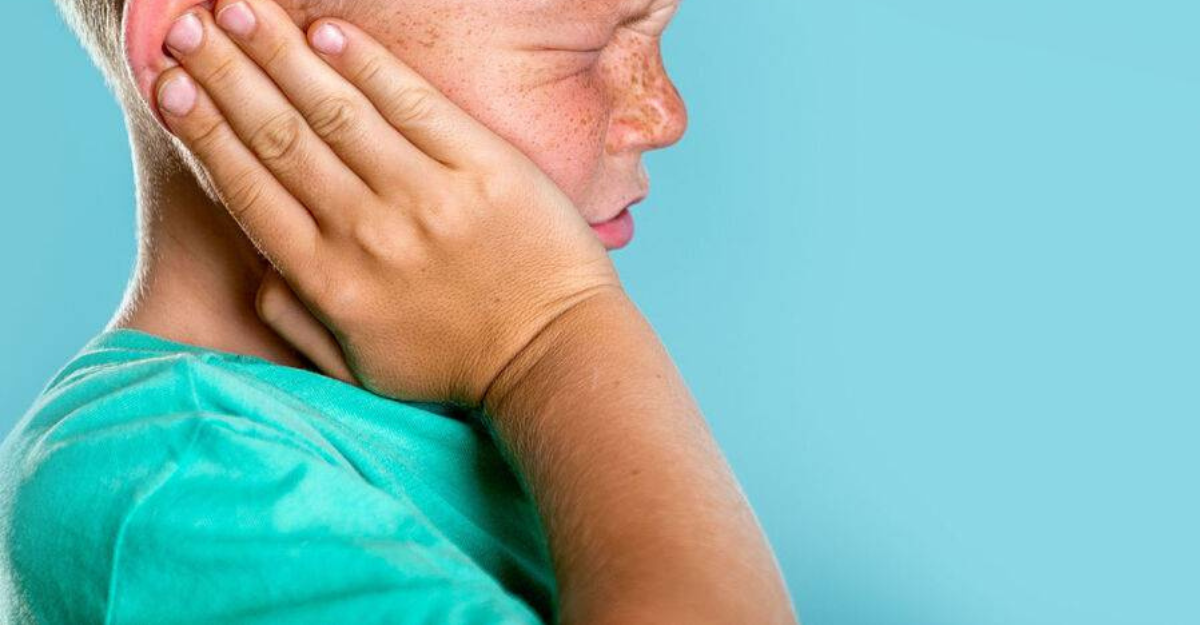When Ears Cry: A Deep Dive into Middle Ear Infections in Children
Ear infections are one of the most common health concerns during early childhood. They can lead to discomfort, sleepless nights, and anxious caregivers. Among these, infections affecting the middle part of the ear—medically termed otitis media—are particularly widespread in infants and toddlers. While often short-lived, understanding the causes, symptoms, and treatment options can make a world of difference in managing this condition effectively.
What Exactly Is Otitis Media?
The ear is divided into three parts: the outer ear, middle ear, and inner ear. Otitis media is an infection or inflammation in the middle section, located just behind the eardrum. This cavity normally stays dry and aerated, but if it fills with fluid—often after a cold—it becomes the perfect environment for bacterial growth.
This condition affects children more frequently because their Eustachian tubes, which connect the middle ear to the throat, are smaller and function less effectively than in adults. This makes it easier for fluid and pathogens to get trapped, triggering an infection.
How Infections Develop in Tiny Ears
Bacteria such as Streptococcus pneumoniae, Haemophilus influenzae, and Moraxella catarrhalis are often the culprits behind middle ear infections. These organisms typically reside in the respiratory tract and can find their way into the ear, especially during or shortly after an upper respiratory illness.
Otitis media itself isn’t contagious. However, the respiratory infections that lead to it can spread from one person to another, increasing the likelihood of ear involvement.
Recognizing Symptoms in Time
The signs of an ear infection can vary. Many children start off with a mild cold, followed by a sudden onset of ear pain, fever, or fussiness. Some children tug at their ears or become more irritable, while others may lose interest in eating or have trouble sleeping.
In babies, ear infections might present more subtly—through inconsolable crying, vomiting, or diarrhea. Temporary hearing issues are also common but may go unnoticed if only one ear is affected.
Can It Become Serious?
Most cases resolve without any lasting effects. But when left unchecked or if infections recur frequently, complications can occur. These may include perforation of the eardrum, buildup of fluid for extended periods, or, in rare situations, the spread of infection to nearby structures like the mastoid bone or even the brain. Hearing loss is usually temporary but can impact speech and learning if persistent.
Diagnosing and Treating Otitis Media
Doctors typically diagnose middle ear infections using an otoscope, a small device that helps them inspect the eardrum. If earwax blocks the view, it may need to be removed. A red, bulging eardrum or visible fluid indicates infection.
Treatment usually begins with oral antibiotics. It’s important to complete the prescribed course, even if symptoms improve early. Pain-relief medications such as paracetamol or ibuprofen can help manage discomfort.
In severe infections, where fluid causes pressure behind the eardrum, a minor procedure called a myringotomy might be advised. This involves making a small incision to release trapped fluid, which often provides immediate relief and helps prevent spontaneous eardrum rupture.
What Happens After the Medicine?
Many children improve quickly after beginning antibiotics. However, follow-up care is essential. Sometimes, fluid can linger behind the eardrum even after the infection clears. Though this often resolves on its own, persistent fluid may need further evaluation.
Children who experience frequent infections may require additional interventions, such as the insertion of tiny ventilation tubes into the eardrum to assist with drainage and prevent future episodes. In certain cases, doctors may consider low-dose antibiotics over a longer period as a preventive measure.
While otitis media can't always be prevented, some strategies can help reduce the risk. Keeping up with routine vaccinations, particularly for Haemophilus influenzae, is highly beneficial. Minimizing exposure to cigarette smoke and reducing contact with individuals suffering from respiratory illnesses can also make a difference.
Cleaning a child’s ears using cotton swabs or similar objects should be avoided. Not only can this damage the ear canal or eardrum, but it might also push wax deeper. If wax becomes a concern, it's best addressed by a healthcare provider. Swimming generally doesn’t cause ear infections unless there's a perforation in the eardrum, in which case ear protection may be advised.
Conclusion
Otitis media is a common, often uncomfortable condition in children but is typically easy to manage with timely care. Awareness of the symptoms, proper treatment, and regular follow-up can ensure full recovery and minimize complications. For expert pediatric care and compassionate support, families can always count on KKCTH to provide trusted solutions for growing children.




